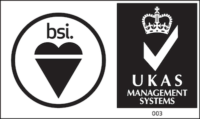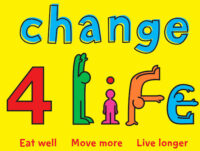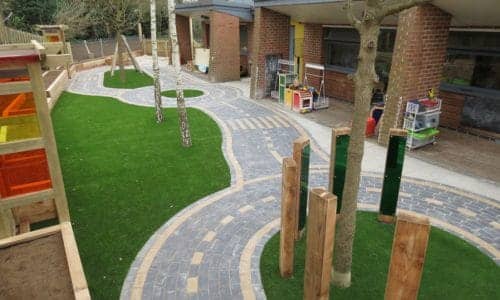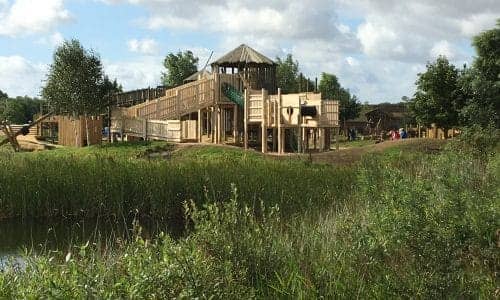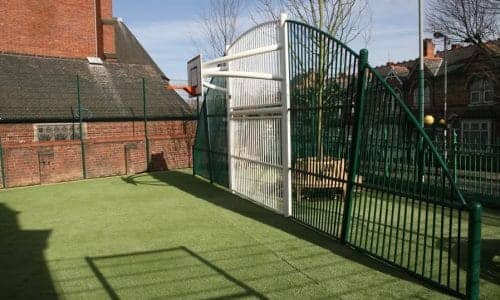Why Is Messy Play Important for Children’s Development?
Messy play, often characterized by activities that involve exploring various textures, substances, and materials, holds immense significance in the early years of a child’s life. While it may seem like just fun and games, messy play goes far beyond mere entertainment. It plays a crucial role in fostering physical, emotional, and cognitive development in children. In this article, we will delve into the benefits of messy play on physical and emotional development, as well as its relevance during the early years.
Physical Development: Engaging the Senses and Motor Skills
Messy play is a sensory-rich experience that engages children’s senses – touch, sight, smell, and sometimes even taste – in a dynamic manner. When children squish, squeeze, and mold materials like playdough, finger paint, or sand, they develop a deeper understanding of textures and properties. This tactile exploration helps refine their fine motor skills as they manipulate objects of varying consistencies.
Engaging in messy play also encourages gross motor development. Activities like stomping in puddles, running fingers through mud, or pouring water from one container to another refine balance, coordination, and body awareness. These activities provide an essential foundation for children’s physical abilities as they grow and navigate the world around them.
Emotional Development: Creativity and Self-Expression
Messy play offers a safe space for children to express themselves without the constraints of rigid structures. Through squishing, splattering, and shaping, children channel their creativity freely. This uninhibited expression fosters a sense of autonomy and confidence. As they witness the transformations they create – turning a mound of clay into a creature or mixing colours to form new shades – they experience a sense of accomplishment that nurtures their self-esteem.
Furthermore, messy play can be a way for children to release and manage emotions. Kneading playdough or squeezing stress balls can serve as outlets for pent-up feelings. The tactile nature of messy play can be soothing, offering a form of sensory regulation that helps children navigate emotional challenges.
Messy Play in Early Years: Learning Through Exploration
In the early years, children are like sponges, absorbing information and making sense of the world around them. Messy play provides a unique learning avenue. It encourages investigation, experimentation, and problem-solving as children explore cause-and-effect relationships. Pouring water into containers, for instance, teaches them about volume and spatial relationships. Mixing colours introduces them to basic principles of colour theory.
Additionally, messy play facilitates social interactions. Children often engage in collaborative messy play, sharing materials and ideas. This nurtures essential social skills like communication, cooperation, and negotiation. It’s also a platform for imaginative play, where children build narratives around their activities, enhancing language development.
Messy play is far more than just a mess – it’s a crucial component of childhood development. Through tactile exploration, children refine their motor skills and sensory perception. The creative freedom offered by messy play contributes to emotional growth and self-expression. In the early years, messy play is a captivating mode of learning that promotes cognitive development and social skills. As caregivers and educators, embracing and encouraging messy play provides children with a holistic foundation for their journey of growth and discovery.
Timotay can help you to incorporate and integrate messy play into your setting, and in an outdoor learning environment, contact us to find out more.









